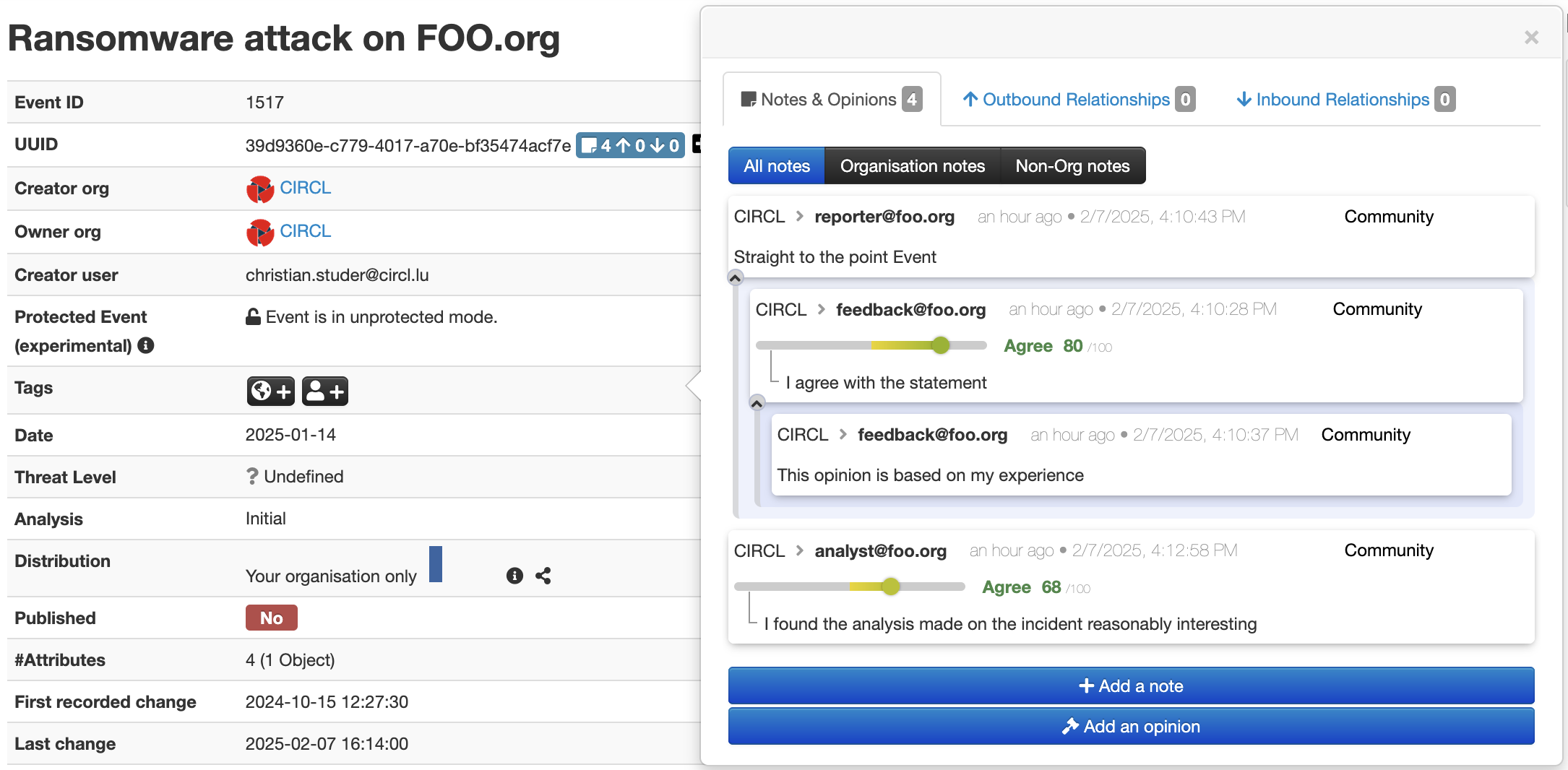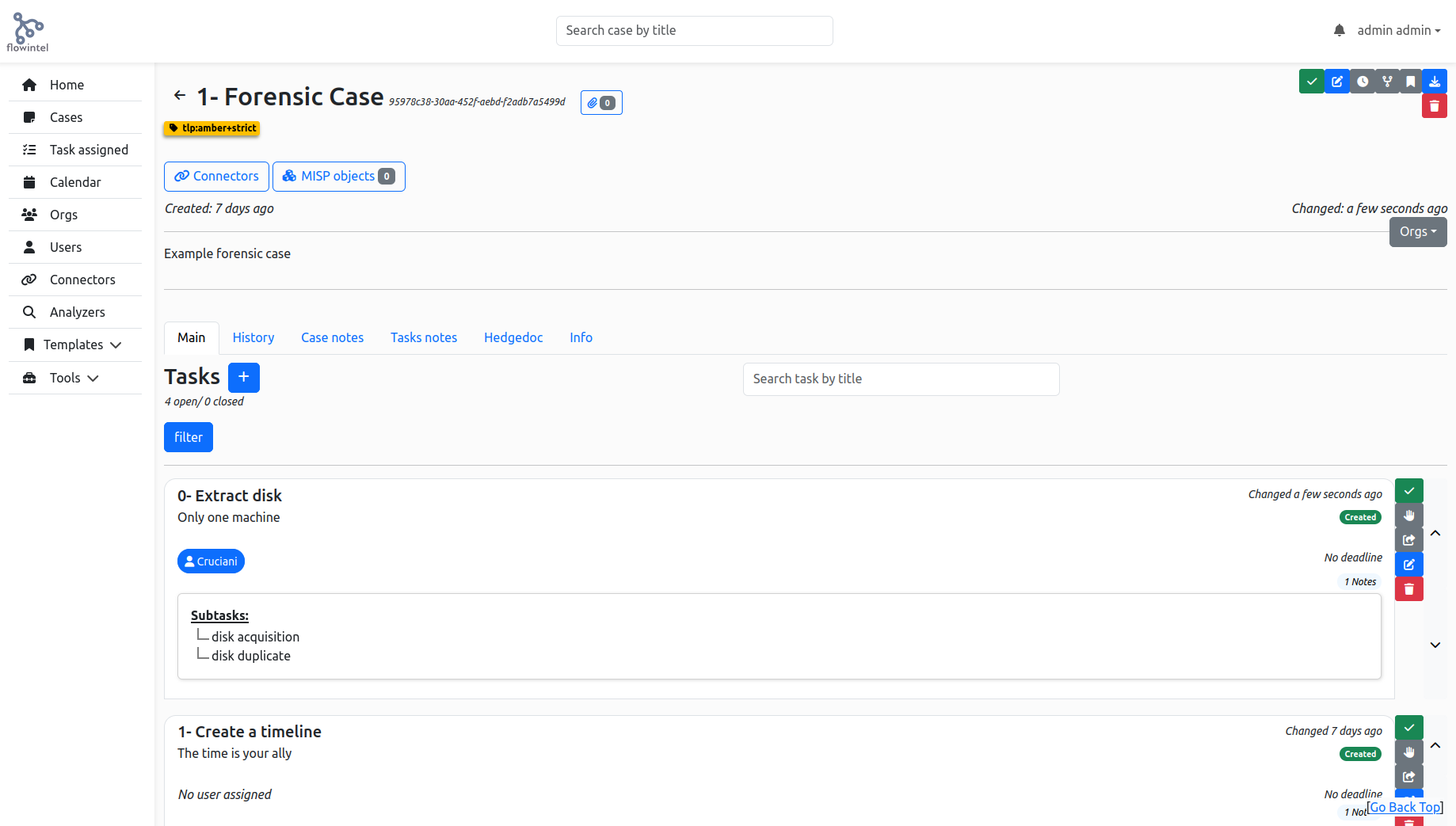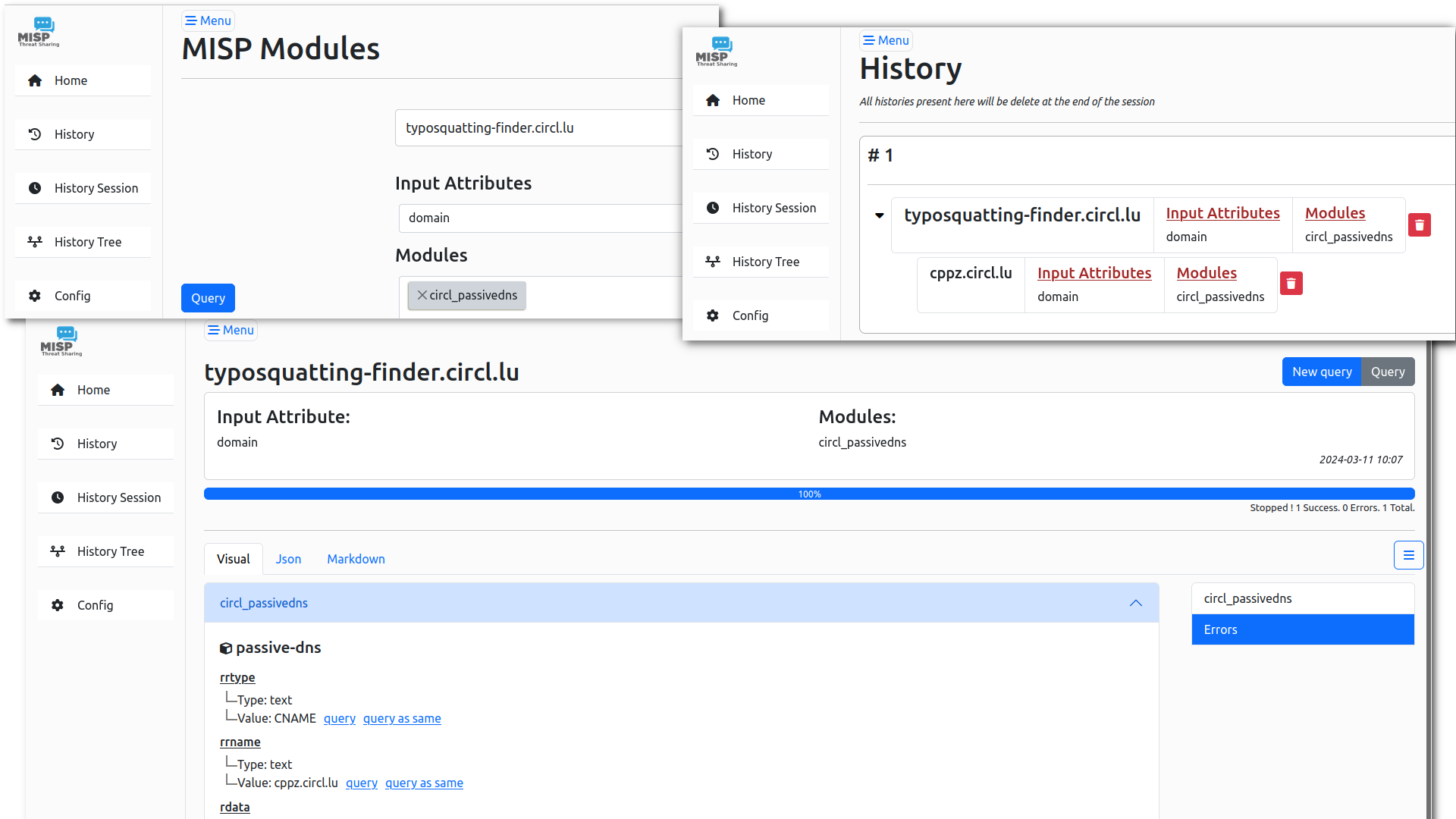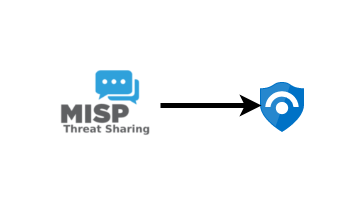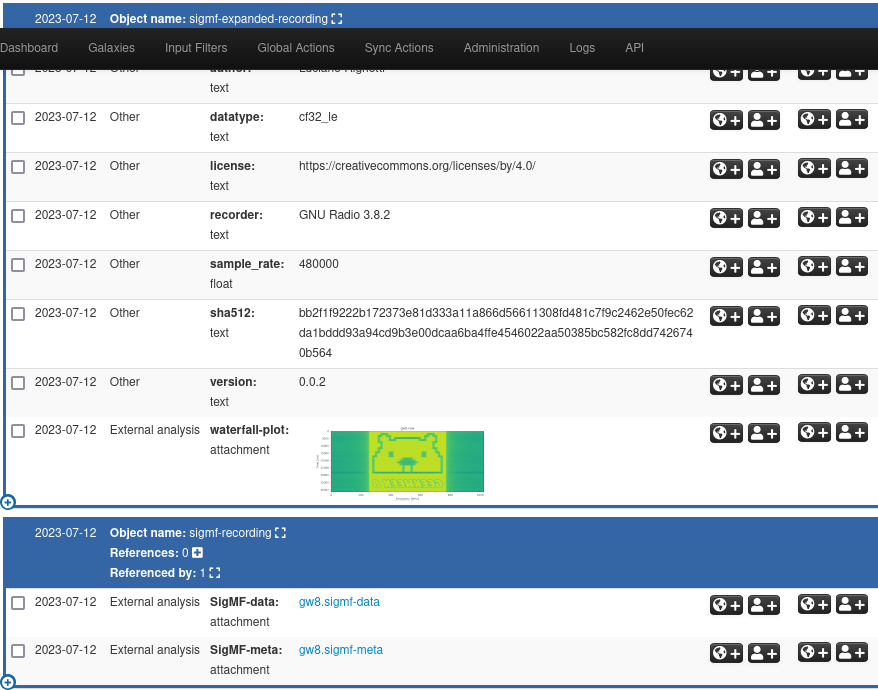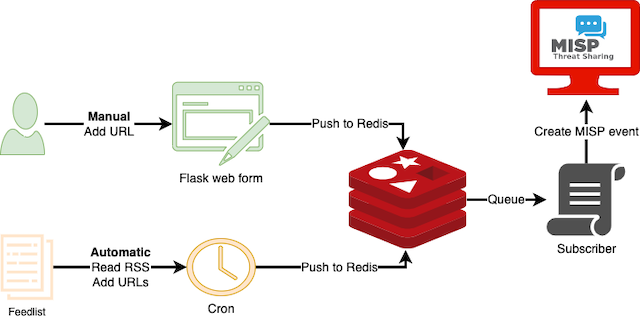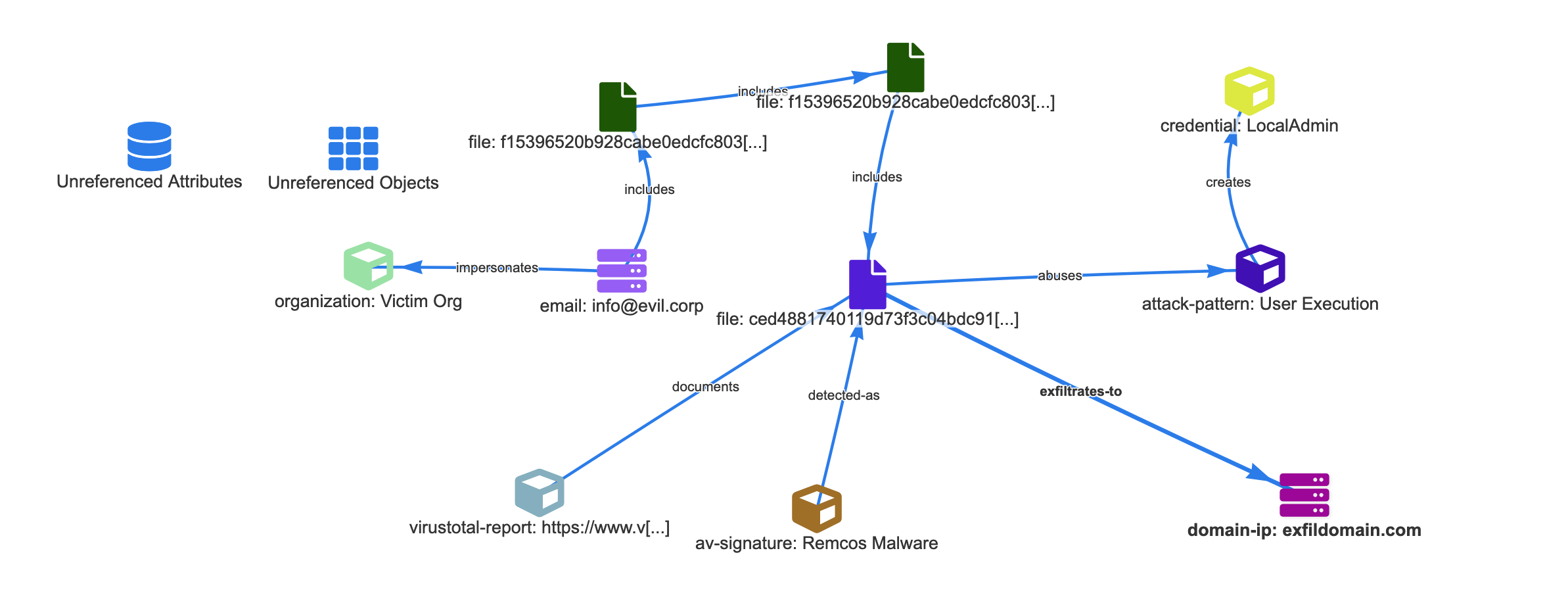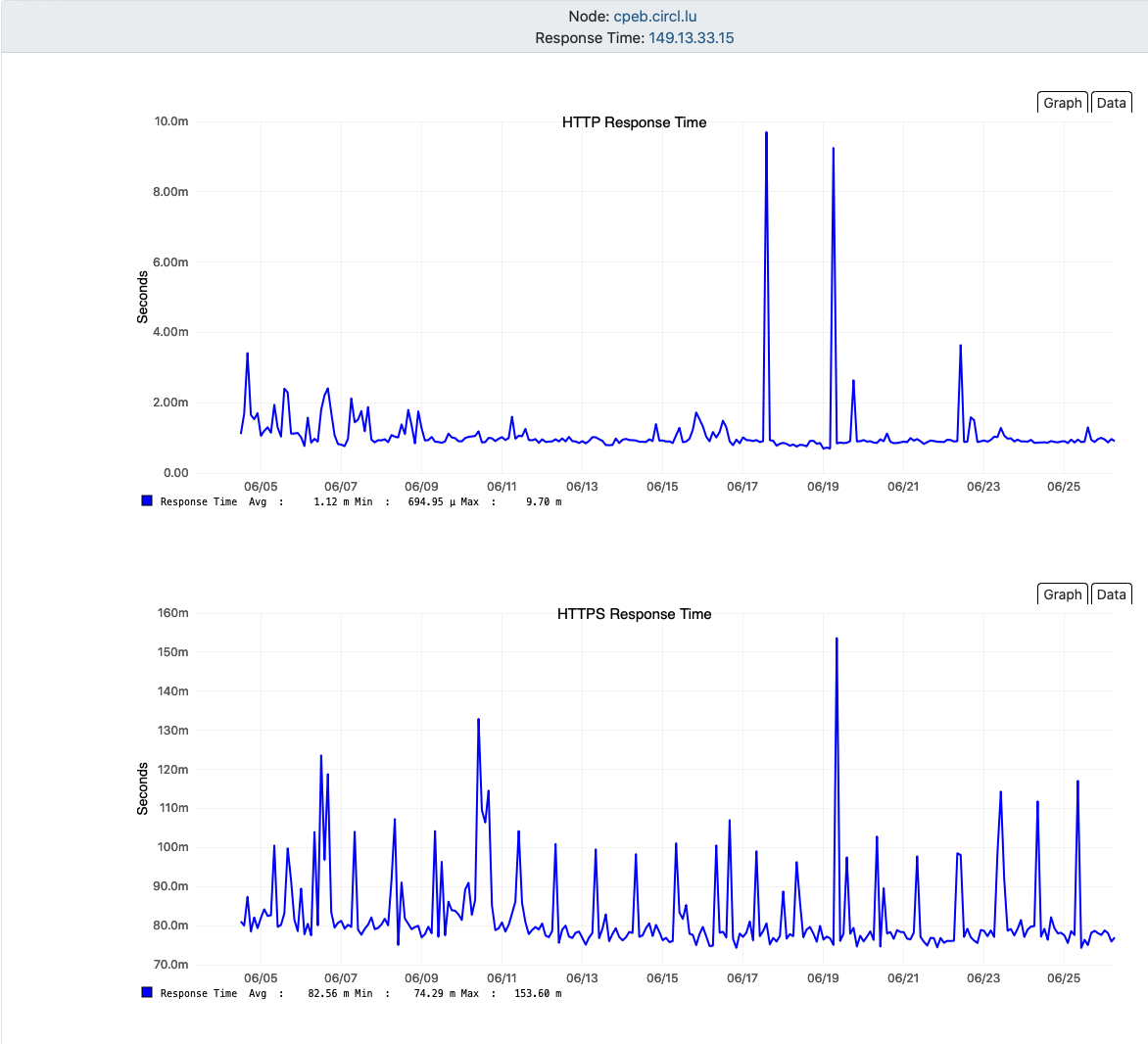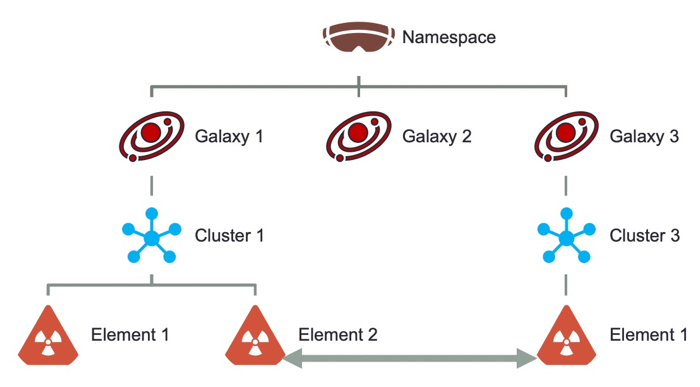Latest misp-stix Release: Enhanced Support for Analyst Data
MISP Analyst Data Format: Enhancing STIX 2.1 Integration
The MISP Analyst Data format, part of the broader MISP-standard.org ecosystem, represents a significant step forward in structuring and exchanging cyber threat intelligence. Developed in collaboration with industry partners, this format builds upon the lessons learned from OASIS STIX, addressing its practical shortcomings while ensuring greater efficiency, flexibility, and usability for analysts.





